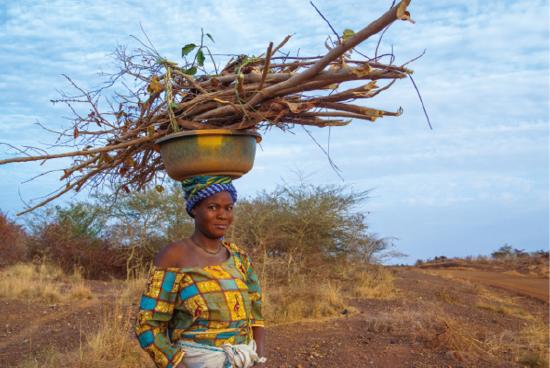8.2: Material Contributions
- Page ID
- 71457
Nature’s material contributions to people, also called provisioning services, commodity values or direct use values, represent contributions derived from the direct extraction and physical consumption of natural resources (Figure 8.2.1). This category is often the most visible and marketed of all ecosystem services. Also, because of their important contribution to the economy, economists are often interested in calculating the values of material contributions and associated services, which they do by monitoring the cost of each product at several points along its life cycle, as well as the behaviors of target groups of people.


Material contributions can be subdivided into four subcategories. The first subcategory is energy resources, such as firewood and biofuels. The second is food resources, such as drinking water, bushmeat, and edible fruit. The third is materials, companionship, and labor, which include natural products used to make clothes, ornamental resources used for decorations, and animals used for biomedical research, as pets, and for labor. The fourth is medicinal, biochemical, and genetic resources, which include medicinal plants used to cure ailments, psychoactive fungi used in spiritual ceremonies, and genetic stocks used to improve crops.
Many people, especially those in rural areas, obtain many of the material contributions they need for survival from the surrounding environment. These products, which include bushmeat, perfumes from aromatic plants, and firewood, are often assigned to consumptive use values. According to the IPBES 2019 Global Assessment Report on Biodiversity and Ecosystem Services, more than two billion people worldwide rely on wood for their primary energy source (IPBES 2019). In contrast, material contributions that are sold at commercial markets, whether locally or internationally, are assigned to productive use values. Because of material contributions’ importance in sustaining people’s material assets and health, it is important to ensure that these products are sustainably harvested.


